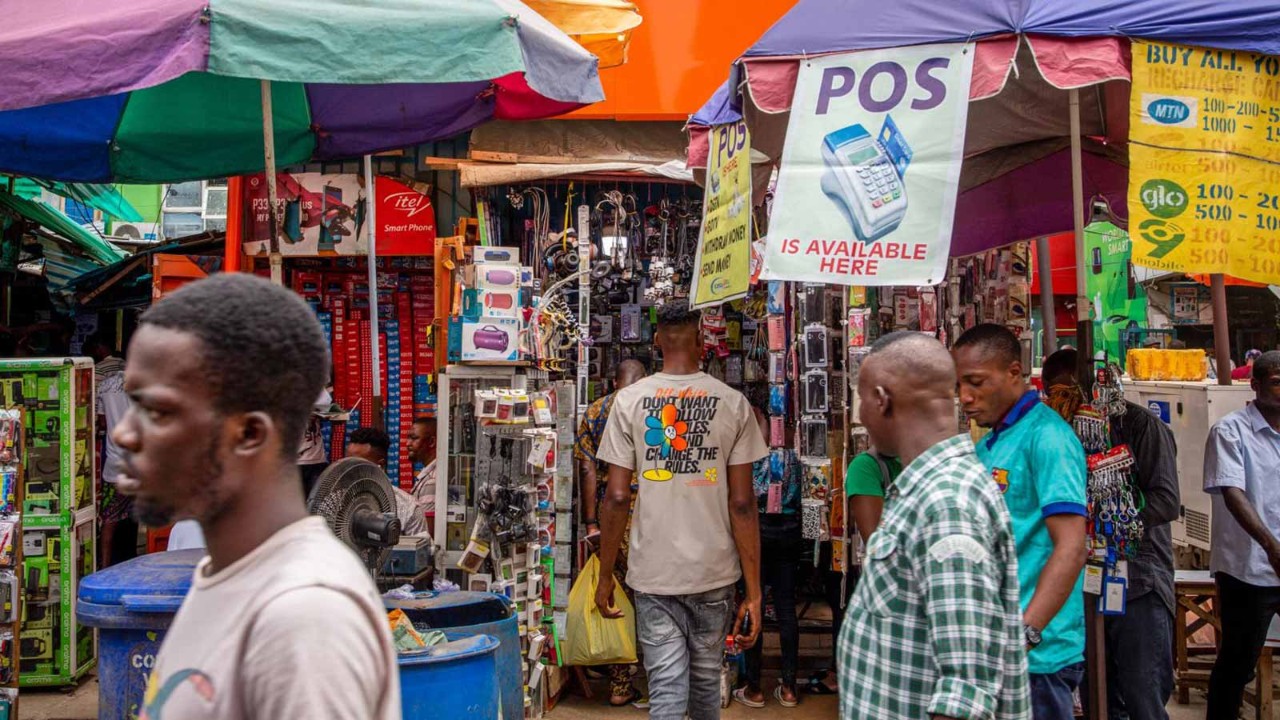
Over the past year, work commitments have seen me living half of my life in Ghana’s capital Accra and half in my home city of Abuja in Nigeria. This has given me the opportunity to observe at first hand the challenges facing the two West African countries, which, despite their differing size and culture, face similar economic woes: high debt, high inflation and currencies experiencing high-speed depreciation.
For me as an accountant and economist, it’s particularly interesting to see how the different approaches being adopted by managers of the two economies to solve similar problems work out.
The smaller of the two sisters, Ghana, is presently going through severe debt problems, like so many African countries. Having accumulated debt of just over US$50bn – more than US$28bn of it external – the country has been placed on Bloomberg’s latest Sovereign Debt Vulnerability Ranking, in second place after El Salvador. Egypt, Tunisia and Pakistan make up the ‘top’ five.
Stretched by debt
With a sovereign credit rating of B-, Ghana has been practically shut out of the eurobond market. Losing access to financing from the international capital markets has further stretched its ability to service external debt.
Meanwhile, the country’s eurobond yields are at over 20%, and debt-to-GDP ratio is forecast to be around 84.6% by the end of 2022. Ghana has been forced to enter discussions on the possibility of entering an International Monetary Fund (IMF) lending programme.

With a sovereign credit rating of B-, Ghana has been practically shut out of the eurobond market
Nigeria has similar tales of rising debt and stretched ability to service those debts. With a debt stock of about US$100bn, 40% of which is external, the country’s debt service-to-revenue ratio has gone beyond 100%. This means that the government now spends all the revenues it collects, and more, to service debt.
The implication of this is that all government expenditure has to be debt funded, meaning more debt and greater amounts needed for debt service, and so the spiral continues. Eurobond yields now average around 13%, up from around 7% a year ago. With a credit rating of B, Nigeria could easily also lose access to the eurobond markets and be forced to make the dreaded visit to the IMF.
In both countries, the debt crises have been due to the same factors – the effects of Covid-19, diminished government revenues, poor economic management, poor monetary/fiscal policy coordination, ill-thought-out policies and programmes, profligate spending, high cost of governance, and corruption.
Inflation concern
Another area of similarity in the sister economies is high inflation. Again, Ghana is worse off. Inflation rose in June 2022 to 29.8%, an 18-year peak and the 13th consecutive month of higher inflation. This, of course, has hit living conditions. One can see palpable despondency on Accra’s streets, with cab drivers complaining the entire length of the journey and people in shops blaming the government.
To the east, Nigeria’s inflation was 18.6% in June 2022, a 65-month high led by food inflation at 20.6%. Many Nigerians can no longer afford staples like bread and rice, leading to gloom on the streets there, too. Again, the people blame the government.
While fiscal and monetary authorities are blamed for inflationary pressures, the people must also take responsibility
While fiscal and monetary authorities are being blamed for the inflationary pressures in these countries, the people must also take some responsibility. A good proportion of this inflation is imported from Europe, Asia and the Americas due to a growing taste for foreign goods. Too many everyday items such as food, clothing and building materials are imported, and with these comes inflation from the source countries.
Falling currencies
This trend also feeds into exchange rates. In July 2021, I got 5.8 Ghanaian cedis for US$1; a year later, it was 8.1 cedis – a depreciation rate of around 40%. This is fuelled by factors such as high inflation, high rates of importation, and poor monetary and fiscal policies.
Then there is the ‘dollarisation’ of the economy. In Accra, it is common for items such as real estate, furniture and even clothes to be priced in US dollars. This cannot be good for the currency; the Bank of Ghana must surely be able to stop this.
Nigeria’s currency angst is a bit more complicated. The Central Bank of Nigeria maintains an official exchange rate, which it uses to conduct its business, but this is inaccessible to most Nigerians, giving rise to a parallel market.
In the past year, the official naira rate has depreciated by around 3%, from N412 to N425 per US$1. On the parallel market, however, as at 5 August, the naira had depreciated by around 22%, from N510 to N622 per US$1. Again, this is driven by inflation and the taste for foreign goods, but also by loss of faith in the currency. Many Nigerians now buy the US dollar as a hedge, thereby exacerbating the problem.
Bring back confidence
Ghana and Nigeria face similar problems, which no doubt resonate with other countries in Africa. They can be overcome, but the to-do list is long. If confidence is to be restored in these countries and their currencies, fiscal and monetary authorities must show more responsible leadership.
At the same time, effort must be made to reduce the cost of governance and root out official corruption; currency management must be improved and made more transparent; greater emphasis must be placed on local production, consumption and import substitution, as well as greater value addition pre-export; and finally, the people must rein in their desire for imported goods and services.
For the people to follow, leadership must show the way – in sincerity – in leading them out of the wilderness.

